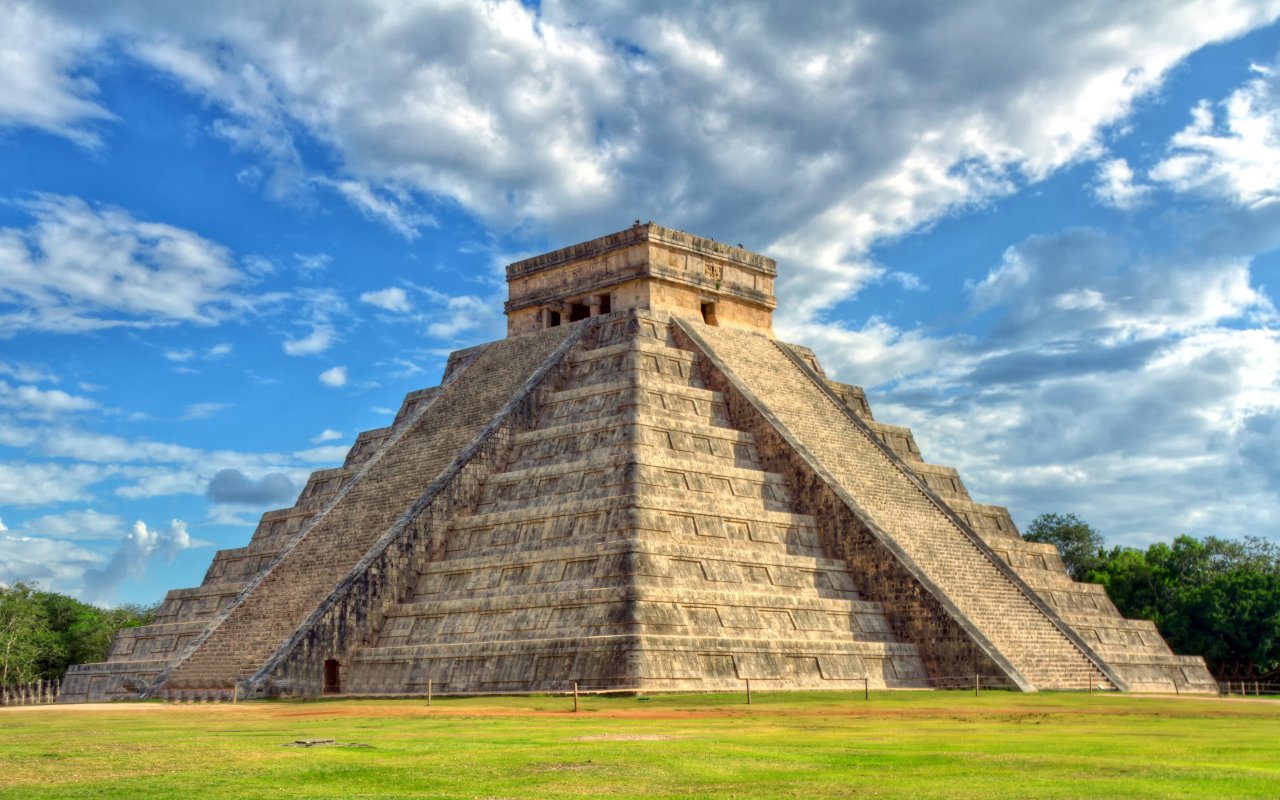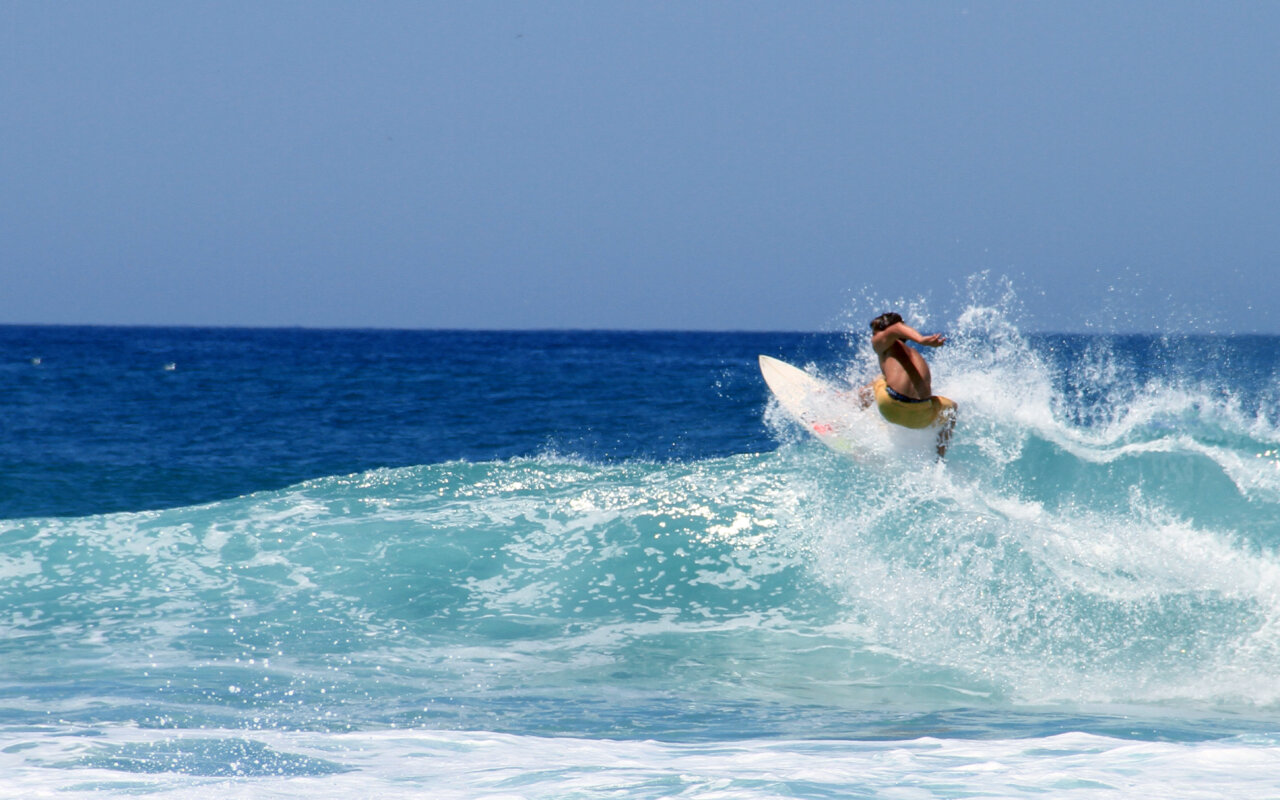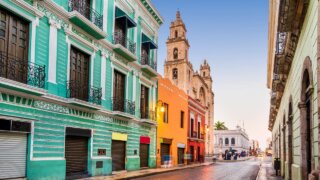Welcome to a unique and magical experience in Mexico: El Día de los Muertos (Day of the Dead), a holiday that goes beyond the ordinary and becomes a living celebration, full of tradition and vibrant color. This exceptional event, rooted in pre-Hispanic history and enriched by Catholic influence, comes to life on November 1 and 2. On these days, families gather to honor and remember their departed loved ones, decorating altars with photographs, candles, flowers and the foods they used to enjoy.
In the Yucatan town of Pomuch, the dead are honored in a unique and meaningful way. Family members carefully remove their loved ones from the graves, clean the skeletal remains and place them in special niches or boxes. This process is carried out with respect, testifying to the deep bond between them and their ancestors. A tradition rooted throughout the country is the ofrenda, an altar that carries with it the symbolic essence of water, to quench the thirst of souls, and salt, to purify them.
The altar is a manifestation of the cultural and spiritual richness of the festivity. Each region has its own interpretation of the altar. In Oaxaca, altars reflect indigenous influences, using elements such as wax flower and “flor de muerto”, while in the Yucatan Peninsula, the ritual is fused with Mayan traditions, incorporating elements such as banana leaves and the famous “mucbipollos”, a kind of tamale stuffed with meat. Each altar tells a story, paying tribute to deceased loved ones and highlighting Mexico’s cultural diversity.
Variations are not only visible in the altars, according to the pre-Hispanic heritage, it is also possible to attend different ceremonies to celebrate El Dia de los Muertos (Day of the Dead). Among the most interesting places to experience this holiday are:
San Andrés Mixquic: a charming village south of Mexico City, this celebration takes on a special charm. The streets are filled with color, joy and nostalgia, as residents pay tribute to their deceased loved ones. The cemeteries become an impressive sight, adorned with cempasúchil flowers, candles and offerings including photographs, food, drink and personal items of the deceased.
Families and friends gather around the graves to share stories and reminisce about their departed.
Janitzio: An island located on Lake Patzcuaro in Michoacan, famous for making el Dia de los Muertos a unique and moving celebration. Locals light the way to the cemetery with candles and torches, guiding the souls of the departed to their homes. Graves are decorated with flower petals, candles and ofrendas, and families gather in an atmosphere of respect and love to remember their loved ones.
At the lake’s edge, fishermen cast nets into the water to catch “white fish”, a tradition that symbolizes the capture of souls and the welcoming of returning spirits. With song, dance and traditional dishes, the people of Janitzio celebrate the lives of those who have died, creating a spiritual bond that transcends time and space.
It’s impossible to forget the food, an essential component of this celebration. Taste the delicious pan de muerto, a succulent sweet brioche in the shape of a skull or bone that symbolizes life and death. Also try tamales, mole, atole and other traditional delicacies that make this a feast for the senses.
Part of the festival’s international renown comes from the cinema, in particular highlighting:
– “Spectre” (2015), a film in the James Bond saga, whose opening sequence takes place during a “Dia de los Muertos” parade in Mexico City, showing Mexican celebration and culture in a context important to the film’s plot.
–¨Coco¨ (2017), a Pixar film that captured the essence of the Día de los Muertos in spectacular fashion and presented it to the world.
In a word, “El Dia de Los Muertos” is a celebration that combines the spiritual and the festive, a loving homage to those who are no longer physically with us. Traditions, gastronomy and artistic expression make this celebration a unique and moving experience.
Come and discover the magic of Mexico on Day of the Dead!















